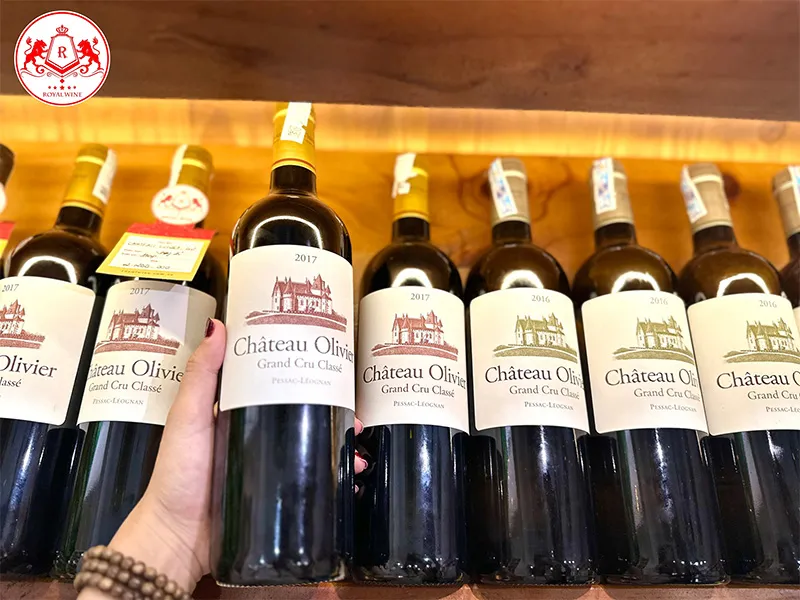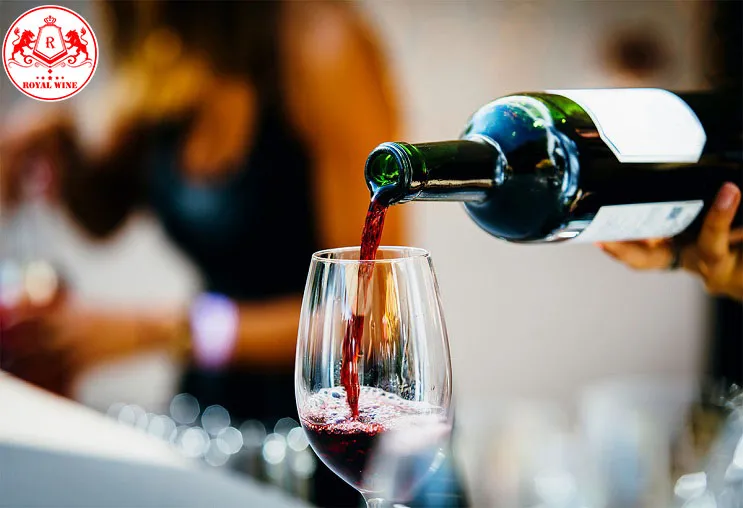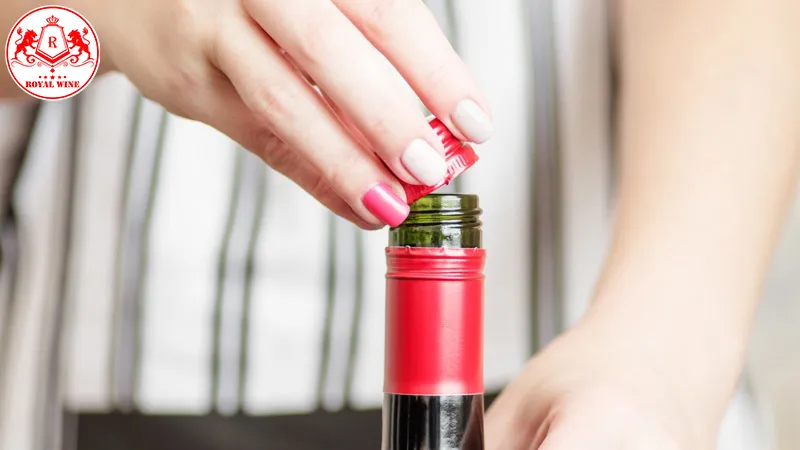French wine has long been a symbol of luxury and sophistication in the culinary world. However, with its increasing popularity, distinguishing between real and fake French wine has become crucial. Have you ever wondered how to ensure you are enjoying an authentic bottle of French wine, with the true flavors and quality?
This article, compiled by experts from Du lịch khắp thế gian, will provide you with the most useful knowledge and tips to identify genuine French wine, helping you confidently choose and enjoy the finest vintages. We will explore everything from the smallest details on the label to how to assess the color, aroma, and structure of the wine, so you can become an informed consumer.
Decoding French Wine Labels: Your Key to Authenticity
The label of a French wine bottle is not just a source of product information; it is also a “passport” to help you determine the origin and quality of the wine. Let’s decipher the key elements on the label:
- Producer Name (Maison/Château): This is the most important factor in determining the origin of the wine. Research the producer, their history, and their reputation.
- Production Region (Appellation): French wines are classified by production region, each with strict regulations regarding grape varieties, cultivation methods, and production processes. Examples: Bordeaux, Burgundy, Champagne, etc.
- Vintage Year (Vintage): The vintage year indicates the year the grapes were harvested. Wine quality can vary depending on the weather conditions of each year.
- Grape Variety (Cépage): Some labels will specify the grape variety used to produce the wine. This helps you understand the characteristic flavors of the wine.
- Classification (Classification): Some production regions have a wine classification system, such as Grand Cru, Premier Cru (in Burgundy), or Cru Classé (in Bordeaux). This classification indicates the quality and prestige of the wine.
- Other Information: Alcohol content, bottle volume, importer information (if applicable).

Checking Seals and Corks: Details You Can’t Ignore
In addition to the label, seals and corks are also important factors in identifying genuine French wine:
- Seals: Officially imported wines often have import seals and anti-counterfeit seals from the distributor. Carefully check the information on the seal, ensuring it matches the information on the label.
- Corks: French wine corks are usually made of natural oak, imprinted with the producer’s logo and information. The cork should be intact, not cracked or showing signs of being tampered with.
- Capsule: The foil capsule covering the cork should be sealed, not torn or showing signs of interference.

Evaluating Wine Color, Aroma, and Structure
After checking the external elements, you can evaluate the wine by observing, smelling, and tasting:
- Color: Red wine ranges in color from ruby red, garnet red to purple-red. White wine ranges from pale yellow, straw yellow to amber yellow. The color of the wine can indicate its age and grape variety.
- Aroma: Real wine has a complex and diverse aroma, ranging from fruit notes (red berries, black berries, citrus), floral notes (rose, violet), spice notes (black pepper, cinnamon), to oak notes (vanilla, caramel).
- Structure: The structure of wine includes tannins (bitterness), acidity (sourness), sweetness (if any), and alcohol content. Good wine has a balanced and harmonious structure, with no element overpowering the others.

Simple Tips to Distinguish Fake from Real Wine
To make it easier for you to distinguish between real and fake wine, here are a few simple tips:
- Observe Bubbles: Invert the wine bottle and observe the bubbles. If it is real wine, the bubbles will be fine, even, and move slowly. Fake wine often has large bubbles that rise quickly.
- Check for Sediment: Real wine, especially aged bottles, may have some sediment at the bottom of the bottle. This is perfectly normal and does not affect the quality of the wine.
- Taste Test: If possible, taste the wine before buying. Real wine will have a complex, balanced flavor and a long finish.

Choosing Reputable Wine Retailers
To ensure you buy genuine French wine, choose reputable retailers with clear business licenses, such as:
- Specialty Wine Stores: These stores often have knowledgeable staff who can advise and help you choose the right bottle.
- Large Supermarkets: Large supermarkets usually have guaranteed sources of goods with clear invoices and documentation.
- Official Distributors: Buying wine directly from official distributors is the safest way to ensure product quality.
Conclusion: Enjoying French Wine Wisely
Identifying genuine French wine requires meticulousness, knowledge, and experience. However, with the information and tips shared in this article, Du lịch khắp thế gian hopes you will feel more confident in choosing and enjoying fine French wines. Always be an informed consumer, carefully research product information, and choose reputable retailers to avoid buying counterfeit or low-quality products. We wish you wonderful experiences with French wine!